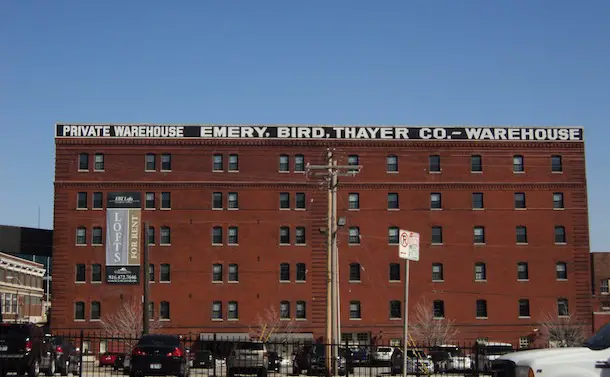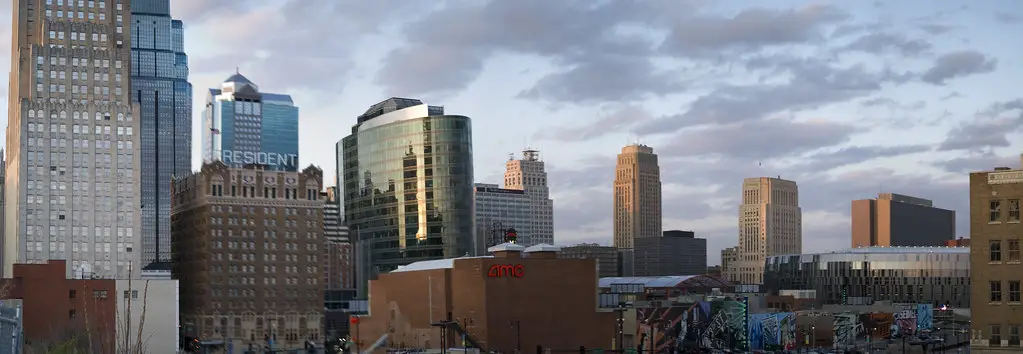A few weeks ago, I wrote an article for This Big City on how Bogotá’s sustainable transport initiatives had positively influenced cities around the globe (check it out here). I have to say that while the article was generally well-received, there were some naysayers against my perspective since, in their opinion, the TransMilenio system can no longer be considered an example of public transport best practice because of its growing operational crisis.
“The system is over capacity”.
“The buses both, feeders and articulated, are always packed no matter if you travel on peak or on off peak hour”.
“The headway between the buses is increasing and what’s even worse, the TransMilenio fare is higher than the old traditional minibuses system fare”, I heard.
It is not my intention to be seen like a BRT fundamentalist. Neither do I pretend to disregard the fact that TransMilenio is facing several deficiencies with regards to its daily operation. It is rather my purpose to give a simple and personal explanation of what is going on with the BRT system in the city of Bogotá.
TransMilenio’s demand has risen faster than its own capacity in recent years. To date, the system is carrying 1.6 million people every day with the same amount of buses – roughly 1,687- along the same 84 kilometers of exclusive-segregated corridors. For that reason, the level of use at stations and on buses, mostly during rush hour, is going up. And since there are more people using the system with the same amount of buses and corridors, operational problems are almost inevitable. And if this wasn’t enough, the construction of phase 3 – planned to open in 2011, adding 20 kilometers of BRT lanes along with 250 more buses to the entire network – is one year behind schedule, largely due to issues with corruption that today has the former mayor of Bogotá, Samuel Moreno – in prison.

It’s true that TransMilenio’s fare has increased, on average, by 20% in relation to the fares of Bogotá’s traditional minibus system. Nonetheless, it is quite important to clarify there is a close correlation between this fare increase and the overall cost increase experienced by TransMilenio and its private operators. Fuel (diesel) costs have increased in recent years, due to both a record increase in international oil prices and the diesel subsidy removal which occurred in Colombia in 2009. Despite of that, as TransMilenio manages a flat fare; users usually take more than one bus for the price of one ticket, not to mention that the system covers all of its total costs of operations via passengers.
TransMilenio is currently facing a crisis involving political, financial, and operational aspects. This raises many questions for the people of Bogotá and beyond. Why are more people using the system if it is more expensive and congested? Has a lack of political will during the last two administrations hit the system? Is it undergoing a crisis of success? Is it necessary to subsidize the operation instead of incorporating different fares to the system? And who will be the beneficiary of that subsidy? Will a subsidy bring more people to the system, making service even worse? Will more buses serving the current routes alleviate the mess?
Right now, there are more questions than there are answers about the status of TransMilenio.
Andrés Jara-Moreno is a Political scientist specializing in international relations and conflict resolution.


